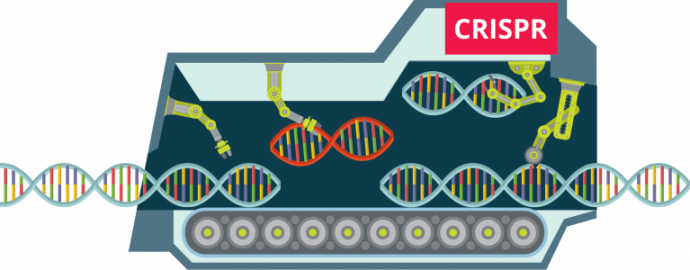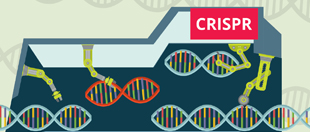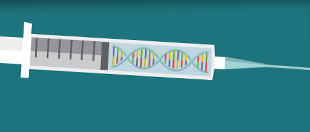Gene editing technologies

2016: The revolution in gene editing technologies is making it easier to change genetic material with huge potential benefits in many sectors including healthcare, agriculture and conservation.
Understanding gene editing
Browse the topics below to learn more about gene editing:
What is a genome?
|
History of genetic engineering
|
New gene editing technologies
|
Current gene editing uses
|
Animation on gene editing
View more resources to learn about gene editing.
Gene editing summary
- Gene editing involves the insertion, deletion or replacement of genetic material called DNA.
- New gene-editing technologies have been developed which have increased the speed, ease and accuracy of making changes to DNA in cells, and their use is increasing rapidly.
- These technologies are beginning to be used for new approaches in a variety of areas including research, medicine, agriculture, biotechnology and have the potential to be used in pest control.
- The three most widely used new gene-editing tools use bacterial proteins to find, cut, edit, add or replace genes, and are known as Zinc Fingers (ZFNs), TALENs, and CRISPR.
- Gene-editing technologies open up new opportunities and potential risks from new uses which may challenge people’s views on what is acceptable.
- These new technologies pose challenges for regulators who will find it harder to distinguish between genetic changes in organisms generated by conventional breeding, gene editing, or natural mutation.
Gene editing implications for New Zealand
The Royal Society of New Zealand has convened a multidisciplinary panel of New Zealand’s leading experts to consider the implications of gene-editing technologies for New Zealand, including the research, ethical, social, legal, regulatory, environmental and economic considerations. This panel will also consider New Zealand’s unique cultural perspectives. Learn more about the gene editing panel.




